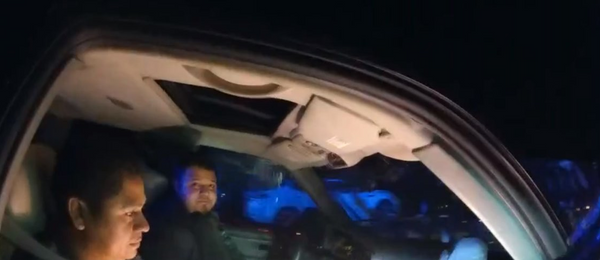Australia is currently in the process of deepening and widening its connections with India in general and Karnataka in particular, by expanding collaborations beyond trade and also planning to explore bilateral ties across a wide range of mutual interest areas. Hilary McGeachy, newly-appointed Australian Consul General for Bengaluru, in an exclusive conversation with The Hindu spoke about the business opportunities across technology, innovation, education, training for STEM (science, technology, engineering and mathematics), wetland agriculture, space tech, green energy and indigenous art. especially at a time when the Indian diaspora in the country is on a significant rise.
Excerpts from the interview:
The Indian diaspora in Australia is on a significant rise. How do you view this?
Some four percent of Australia’s population today is of Indian origin. Interestingly, between 2011 and 2021, the number of Indians in Australia has doubled. The Indian community is Australia’s second-largest and fastest-growing overseas group. The number of people in Australia with Indian heritage is around 976,000, against our total population of about 26 million, as per the 2021 census. The number is on a constant rise, so India is quite there with us.
How is the new trade agreement helping interactions between India and Australia?
India is Australia’s sixth largest trading partner with two-way trade in goods and services valued at $48 billion (AUD) in 2022. The recent Economic Cooperation and Trade Agreement (ECTA) eliminated tariffs on most of the critical minerals needed for solar panels, electric cars, wind turbines, mobiles, and more. The utilisation rate for Indian exports to Australia is very high at 77%, indicating the positive impact of the agreement. Meanwhile, Australian imports of Indian apparel and agriculture products increased 20% and 13%, respectively.
What are the collaborations Australia is exploring in education?
Education is one of the key areas where we are exploring partnerships with Karnataka and Telangana. Australia offers high-quality education and Karnataka too has educational institutions of high quality. We both share a very welcoming environment for educational collaborations and we are currently increasing the number of partnerships in the field. Indian students can study in Australia and get a permit to work there as well to hone their skills and approximately 120,000 Indian students are there in Australia now. We are encouraging universities to open in Karnataka and other parts of India. We are currently in dialogue with the State government here. Australia’s Deakin University already opened a teaching campus in Gujarat International Finance Tec-City and Wollongong University is also starting in GIFT City.
India has been an agrarian country predominantly. How can Australia be of help in terms of the best agricultural practices?
The Australian government has taken up different initiatives to strengthen the ecosystem and provide support for two-way collaboration: in upskilling and research funding. The University of Adelaide has received $1.8 million in funding from the Australian government to lead a consortium of experienced partners in strengthening India’s agriculture sector. The project aims to identify emerging jobs and develop critical skills and advanced practices to meet India’s agricultural skills needs. On the funding front, the Australian Center for International Agriculture Research is partnering with Australian, Indian, and international researchers to improve wheat and pulse crops in India. Also, the Australia-India Strategic Research Fund facilitates research on more resilient rice, sugarcane, chickpeas, and wheat. The Australia-India Water Centre brings together Australian and Indian universities to find solutions for sustainable water management. In addition, Indian dairy cooperatives and the Australian dairy industry are cooperating on methane mitigation issues.
Do you see synergy between Australia’s rich lithium deposits and India’s focus on the EV space?
Australia’s identified mineral resources 2023 shows that, in 2022 Australia retained its position as the world’s top lithium producer (52%) and was also a top five producer of cobalt (3%), manganese ore (10%), rare earth (5%), rutile (27%), tantalum (4%), and zircon (25%). As well as being a global leader in the supply of critical minerals, many more deposits have been discovered or are under development. The Economic Cooperation and Trade Agreement (ECTA) eliminates tariffs on most of the critical minerals needed for solar panels, electric cars, wind turbines, mobiles and more. Additionally, the Comprehensive Economic Cooperation Agreement (CECA), which is currently under negotiations, will boost supply chains for the minerals India needs to drive its manufacturing and exports. The Australian government’s $225 million Exploring for the Future program, led by Geoscience Australia, is committed to supporting a strong economy, resilient society and sustainable environment.







